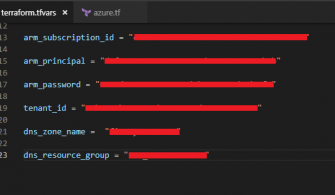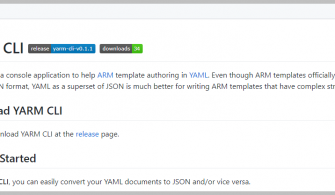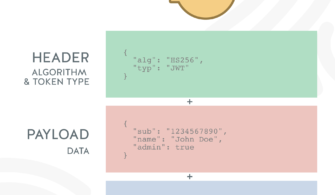Terraform, Ansible, and Chef. Infrastructure as code (IaC) has revolutionized the way we manage and deploy our IT infrastructure. By treating infrastructure as code, we can apply the same software development practices to our infrastructure as we do to our software applications. This helps us to automate the process of provisioning, configuring, and managing our infrastructure, resulting in greater consistency, efficiency, and scalability.
There are many IaC tools available, but in this article, we’ll compare three of the most popular ones: Terraform, Ansible, and Chef.
Terraform
Terraform is an open-source infrastructure as code (IaC) tool developed by HashiCorp. It focuses on the provisioning and management of infrastructure resources such as virtual machines, containers, network devices, and storage. Terraform uses a declarative language called HCL (HashiCorp Configuration Language) to define infrastructure resources and manages them through a series of state files. Terraform is particularly useful for managing cloud infrastructure and can integrate with various cloud providers such as AWS, Azure, and Google Cloud.
Ansible
Ansible is an open-source automation tool developed by Red Hat. It focuses on automating the configuration and deployment of software applications and infrastructure resources. Ansible uses a declarative language called YAML to define tasks, and it operates by connecting to remote hosts and executing tasks over SSH. Ansible is particularly useful for managing configurations across multiple servers and can be used for tasks such as configuration management, application deployment, and system administration.
Chef
Chef is an open-source configuration management tool developed by Chef Software, Inc. It focuses on automating the deployment and management of software applications and infrastructure resources. Chef uses a declarative language called Ruby to define configurations, and it operates by connecting to remote hosts and executing configurations using a client-server architecture. Chef is particularly useful for managing configurations across multiple servers and can be used for tasks such as infrastructure automation, configuration management, and application deployment.
Comparison Table
To summarize the differences between these three tools, we’ve created a comparison table:
| Point | Terraform | Ansible | Chef |
| Purpose | Infrastructure provisioning and management | Automation and deployment of software applications | Configuration management and deployment |
| Language | HCL (HashiCorp Configuration Language) | YAML | Ruby |
| Agent | No agent required | Remote host connectivity through SSH | Requires a Chef client on each node |
| Platform | Cloud providers (AWS, Azure, GCP, etc.) and some on-premises solutions | Supports a wide range of operating systems and cloud platforms | Supports a wide range of operating systems and cloud platforms |
| Workflow | Declarative | Declarative + Imperative | Declarative + Imperative |
| Learning curve | Moderate to high | Moderate | Moderate to high |
| Community | Large and active community with a wealth of resources | Large and active community with a wealth of resources | Large and active community with a wealth of resources |
Which tool to choose?
Choosing the right tool for the job depends on your specific use case and requirements. Here are some general guidelines:
- Use Terraform if you need to provision and manage infrastructure resources, especially in the cloud. Terraform is particularly useful for multi-cloud orchestration and managing cloud infrastructure.
- Use Ansible if you need to automate the deployment and configuration of software applications across multiple servers. Ansible is particularly useful for configuration management, application deployment, and system administration.
- Use Chef if you need to manage configurations across multiple servers, especially in a client-server architecture. Chef is particularly useful for infrastructure automation, configuration management, and application deployment.
Conclusion
Terraform, Ansible, and Chef are all powerful IaC tools that can help you manage your IT infrastructure more efficiently and consistently. Each tool has its own strengths and weaknesses, so it’s important to choose the right tool for the job based on your specific use case and requirements. All three tools have large and active communities, which provide a wealth of resources to help users get started and troubleshoot issues.
Bu konuyla ilgili sorularınızı alt kısımda bulunan yorumlar alanını kullanarak sorabilirsiniz.
Referanslar





